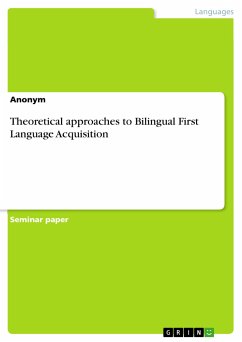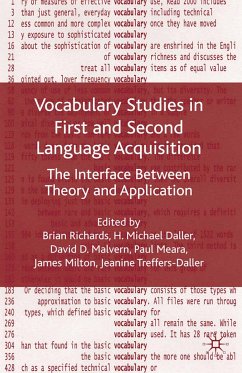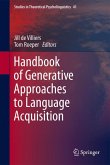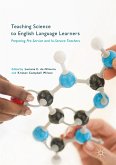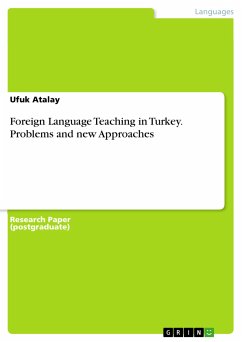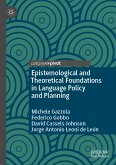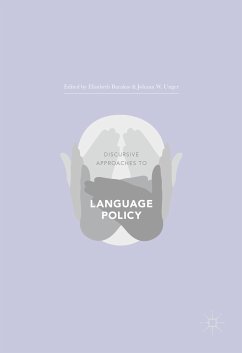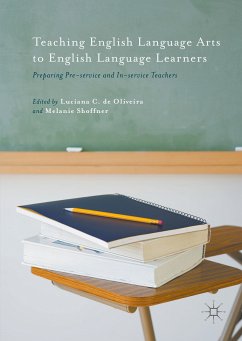Seminar paper from the year 2016 in the subject Speech Science / Linguistics, grade: 2,7, University of Bayreuth, language: English, abstract: In today's era, society becomes more and more globalized, with the increase of languages in contact. As a result, more and more people get in touch with, learn and use new languages whether for private or occupational reasons. Therefore, the interest in studying people who use two or more languages in an equal manner has greatly increased. These people are called Bi- or Multilinguals. Due to the described development of society, the number of children growing up in multilingual communities and bilingual families is also increasing. Children achieve languages remarkable quickly and it is even more remarkable when they learn two languages simultaneously from the very beginning of their life. The central point of interest for this paper is different theoretical approaches to the development of BFLA by children. Since the topic is studied for centuries, this paper has, of course, no claim for completeness. Thus the focus will be on Annick DeHouvwer’s work to Bilingual first language acquisition. In Chapter 2 the mentioned work by DeHouvwer is introduced and explained on the basis of terminological definition. The following points specifie the importance of the environment for Bilingual First Language Acquisition before an overview of the major linguistic developments is made. The focus of the third chapter is on three theories that aim at explaining the complex matter of Bilingual First Language Acquisition process. After that, these theories are compared with one another under several points of view. Subsequently, one of the named theories is applied on the introduced work of Annick DeHouvwer to show that it can certainly be applied.
